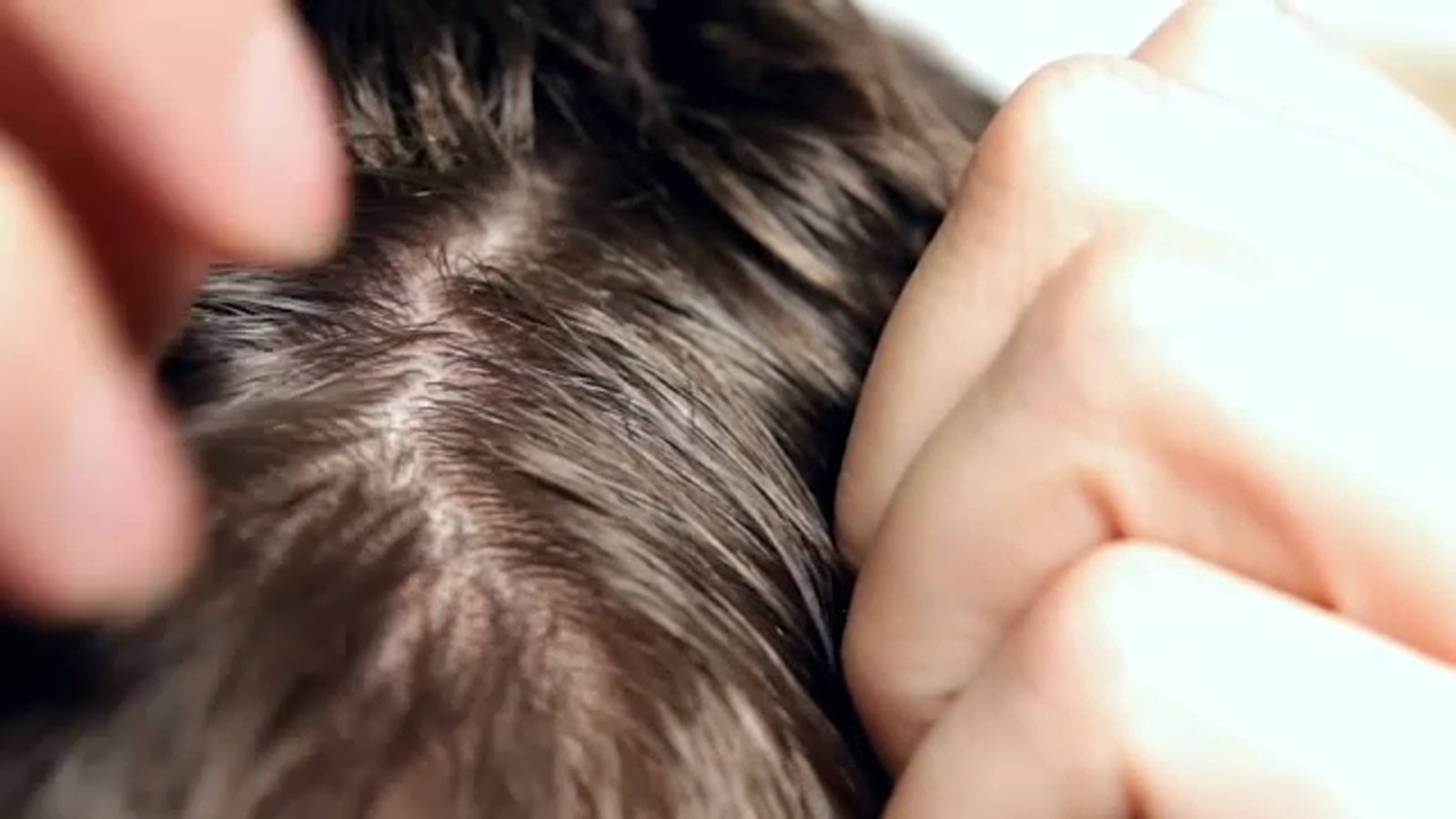Classroom Invasion: The Tiny Terrors Parents Need to Know About

Back-to-School Season: Battling Unwelcome Classroom Companions
As children return to classrooms after weeks of summer break, parents and educators should be aware of a less-than-welcome phenomenon: the potential spread of pesky critters. The close proximity of students and shared classroom environments can quickly become a hotspot for unwanted hitchhikers like head lice, germs, and other microscopic invaders.
With kids packed together in tight spaces, swapping school supplies, and engaging in close interactions, these tiny troublemakers can spread faster than a whispered secret. Head lice, in particular, thrive in such environments, jumping from one unsuspecting student to another with remarkable ease.
To protect your children and their classmates, parents and schools should:
• Teach proper hygiene practices
• Conduct regular health screenings
• Encourage open communication about potential infestations
• Provide resources for prevention and treatment
By staying vigilant and proactive, we can help ensure a healthy, comfortable learning environment for our children.
